Just when we start to appreciate 4K television, along comes 8K television to tempt our wallets. PAT PILCHER examines the tech and makes his recommendation.
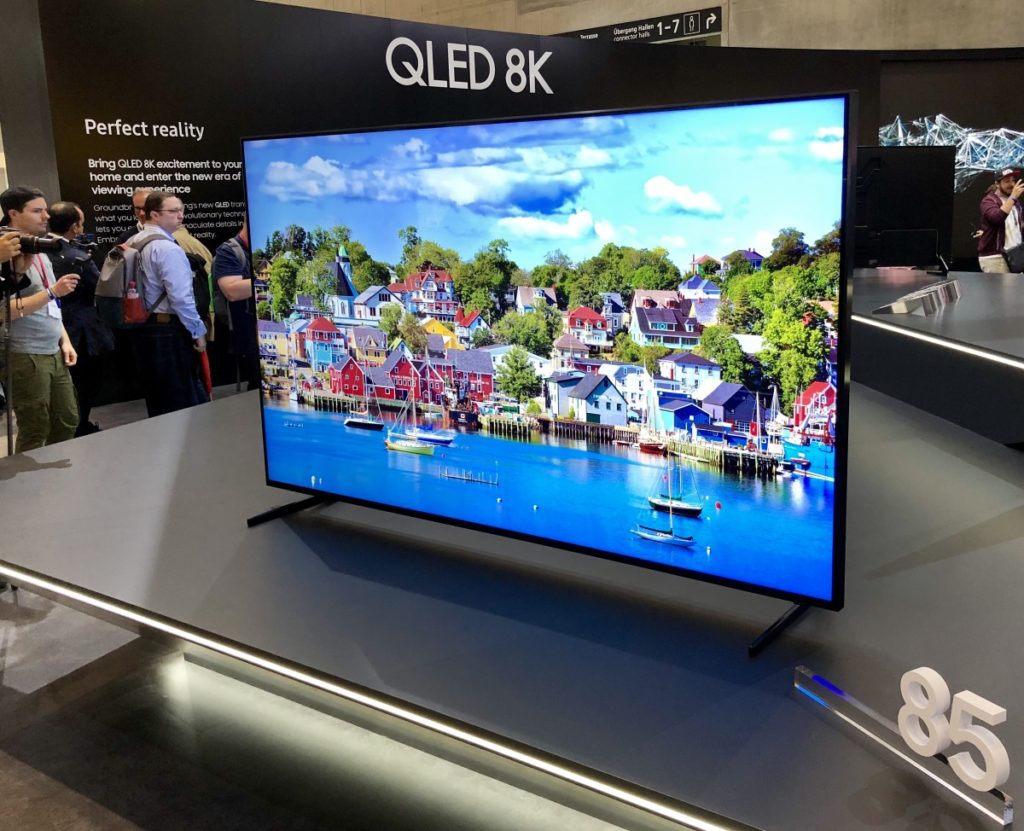
As a string of important dates for TV makers draws near – the Rugby World Cup, the Cricket World Cup, the Olympic Games and America’s Cup in 2021 – TV makers are jockeying for position to be at the head of the queue when sports-mad Kiwis upgrade the idiot box in their lounges.
There are big bucks likely to be spent, but the question on the lips of many a confused TV buyer is: “What’s the next big thing I need to spend money on?”
“The resolution of TV screens has long been way ahead of what is being broadcast”
Well, the hottest buzzword in TV tech right now is 8K. Seeing is believing and seeing 1080HD video via Freeview blew my mind back in 2007, but that was 12 years ago. Let’s face it, the tech industry works in dog years, so 2007 is almost the Jurassic era in TV tech.
Since then I’ve been subjected to eye-popping 4K ultra-high-definition screens, which offered up a 4x improvement in screen resolution over HD. Now that’s been doubled again – just for good measure – as Samsung announces 8K TVs for the NZ market.
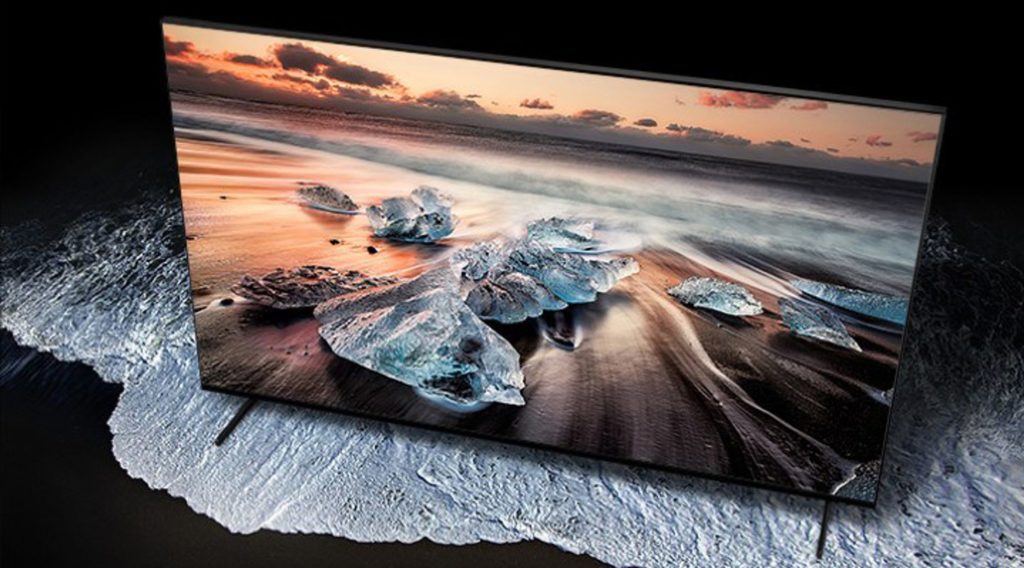
New Zealand might have state of the art HD video broadcasts via Freeview (and Sky – soon you won’t even have to pay for HD), but the simple truth of the matter is that the resolution of TV screens has long been way ahead of what is being broadcast with the advent of 4K.
This begs that a reasonably important question be asked: Do we actually need 8K?
Samsung’s 8K TVs will be priced from $11,000 to $79,000 for their 98-inch behemoth”
Samsung’s QLED 8K TVs hit retailer shelves this week and will be priced from $11,000 for the 65-inch Q900R, to an eye-watering $79,000 for their 98-inch behemoth – which looks set to become both an object of desire for AV geeks and a TV for the 1 per cent that can afford to drop that sort of cash on a TV.
So, just what is all the HD, UHD and 8K hoopla all about? Back in the bad old days of three analogue TV channels, TV was broadcast in standard definition – that was 576 horizontal lines. Shows recorded onto VHS back in the day fared even worse as VHS, which only supported 240 horizontal lines. Then HD TV finally emerged out of conflicting standards and improved digital TV broadcast technologies, and it was a revelation. Now with HD Freeview, if a presenter has a bad hair day, we all know about it.
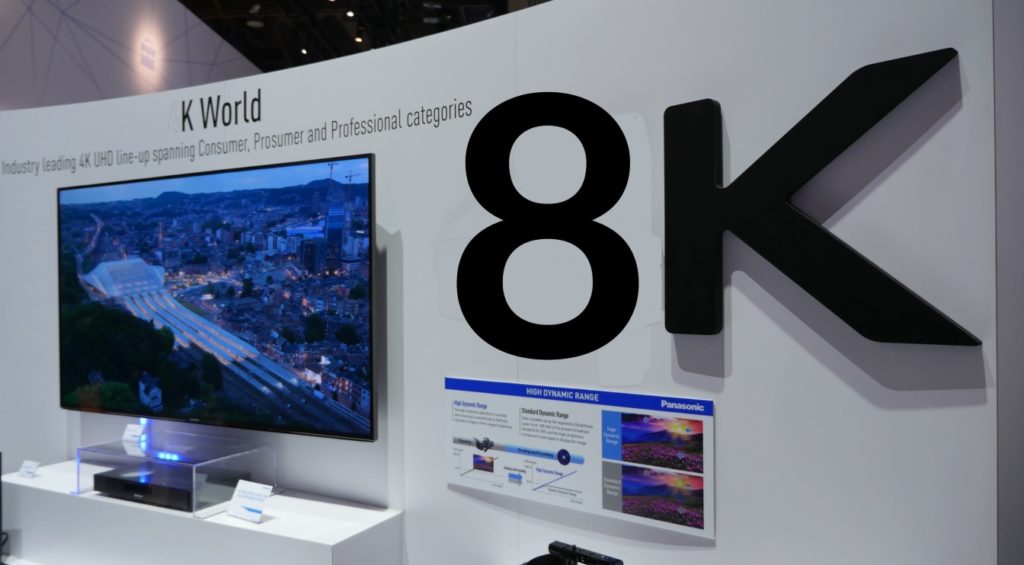
Then there’s HD which became the baseline spec since Freeview launched in 2007. More recently, UHD or ultra high definition 4K TVs are making up a growing chunk of TVs sold in New Zealand. When reviewing early 4K TVs, commenters on my stories would lament the lack of 4K content, saying they were going to hold off buying a new TV until content became available.
Only a few years later, we’re now seeing a steady trickle of 4K content. While there is no broadcast 4K content (the cost to TV networks of refitting video edit suites and replacing cameras is prohibitive, especially as most are probably still paying off their HD investment), services such as Netflix and Amazon Prime are already streaming 4K content. It works brilliantly for those equipped with a fast enough broadband connection such as UFB fibre or Vodafone’s fibre X. If streamed content isn’t an option, ultra-HD Blu-ray content is also available.
“Only a few years later, we’re now seeing a steady trickle of 4K content”
No 8K content is available – yet. In Japan, NHK is about to launch an 8K TV channel and has licensed several movies filmed in 65mm film stock and then scanned at an 8K resolution, including my favourite film of all time, 2001: A Space Odyssey. They’ll also have 124 channel audio, which I am assuming is for multi-lingual broadcast as well as surround/Atmos type effects. NHK has also committed to broadcasting the upcoming Olympics in 8K, but the lack of 8K capable international broadcast infrastructure will limit its reach beyond Japan, unless one of the streaming services with deep pockets (e.g. Amazon, Netflix or YouTube) picks up streaming rights.
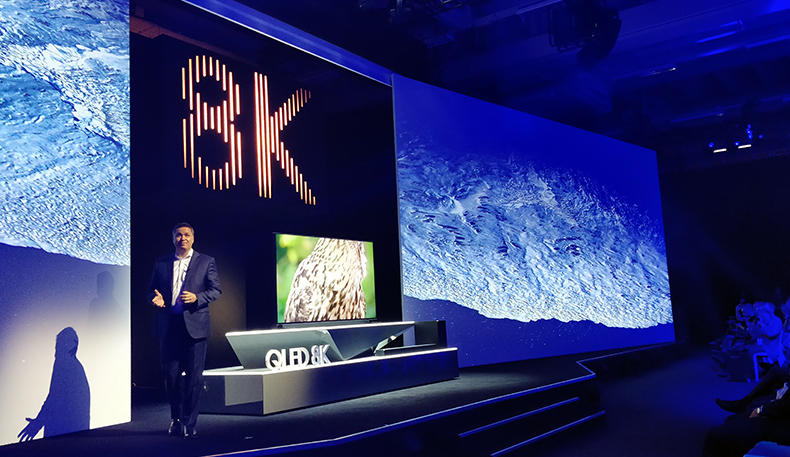
While streaming services solved the solution to the lack of 4K content, the reality is that streaming 8K content is not such an easy proposition. An hour of 8K video at 25 frames per second consists of just over half a terabyte of data. Even those with gigabit fibre might find 8K content a bit stutter-prone. Slower connections will almost certainly struggle. And while 10 Gigabit fibre and 5G mobile look promising, but they’re both still a year away.
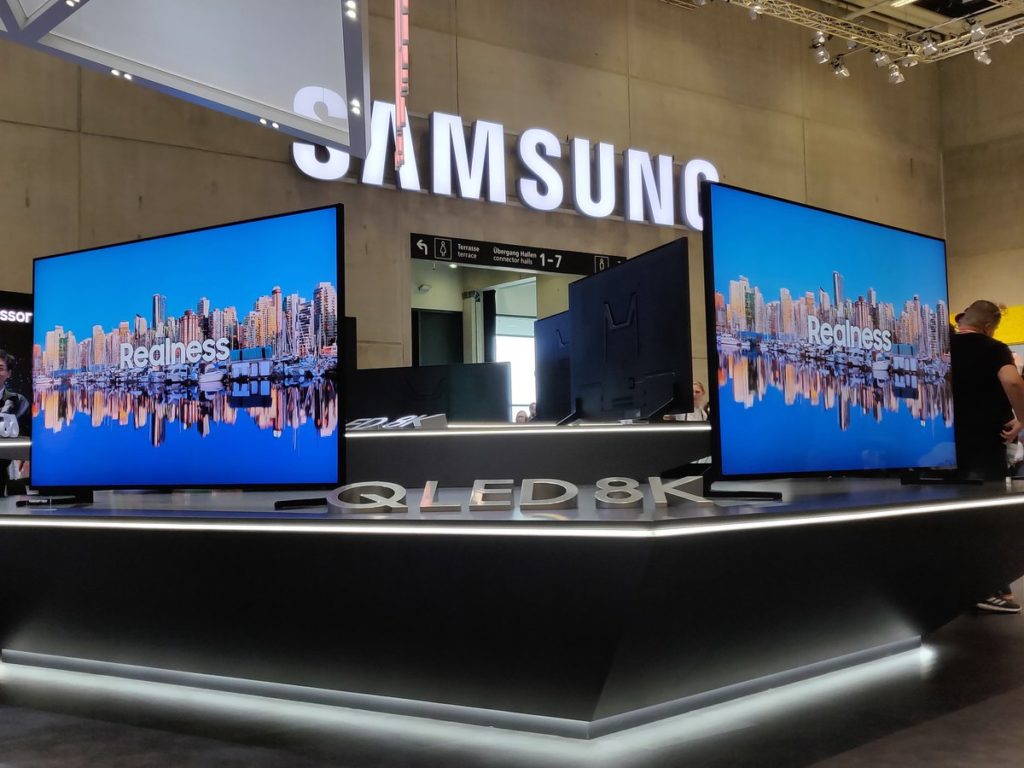
So, what’s the big deal with these ultra-high res TVs? The big thing is that when up close the detail on these TVs remains viewable, and distracting pixels are not noticeable unless you are mere inches from the screen. Native 8K video – content filmed using 8K cameras and edit suites – is really something. The sheer level of detail on offer is verily awe-inspiring.
Should buyers hold off from an 8K TV? Probably not. Upscaling technologies have improved thanks to advancements in machine learning and artificial intelligence. Where upscaling used to mean more pixels but just as blurry, HD footage displayed in 4K on newer TVs is convincing. It isn’t impossible to assume that upscaled HD to 8K should also be similarly workable, thanks to increasingly advanced video processing hardware such as Samsung’s Quantum Processor 8K.
“Should buyers hold off from an 8K TV? Probably not”
While the GIGO (garbage in, garbage out) principle will still apply, high-quality 4K footage should look impressive upscaled to 8K, as Samsung’s Quantum video processor chip uses machine learning to analyse video and learns to improve how it displays it over time. An internal database tweaks the Quantum’s algorithms used to expand 4K and HD content into 8K. Future updates to Samsung’s TVs could see these improved for different types of video footage.
The Witchdoctor team is eagerly awaiting a review sample of Samsung’s 8K TV to test this out. Watch this space!















